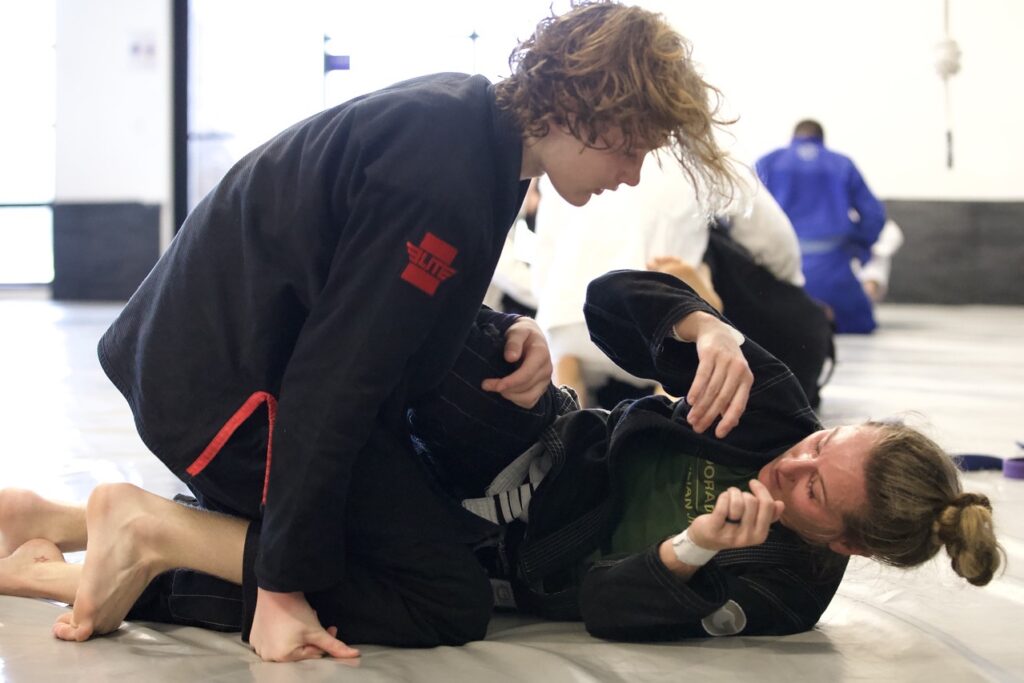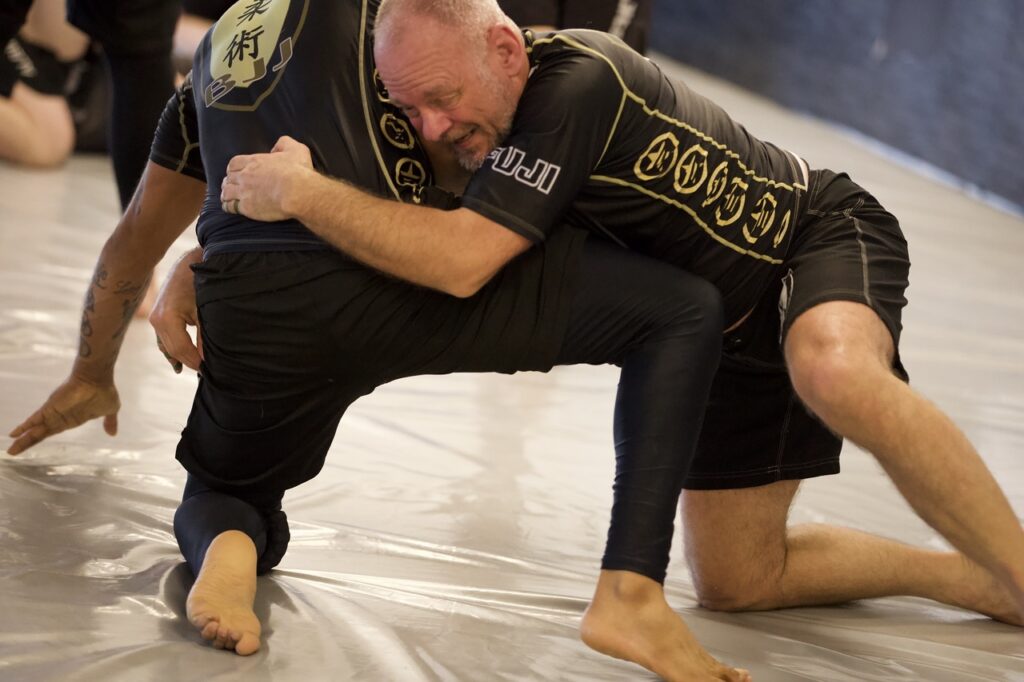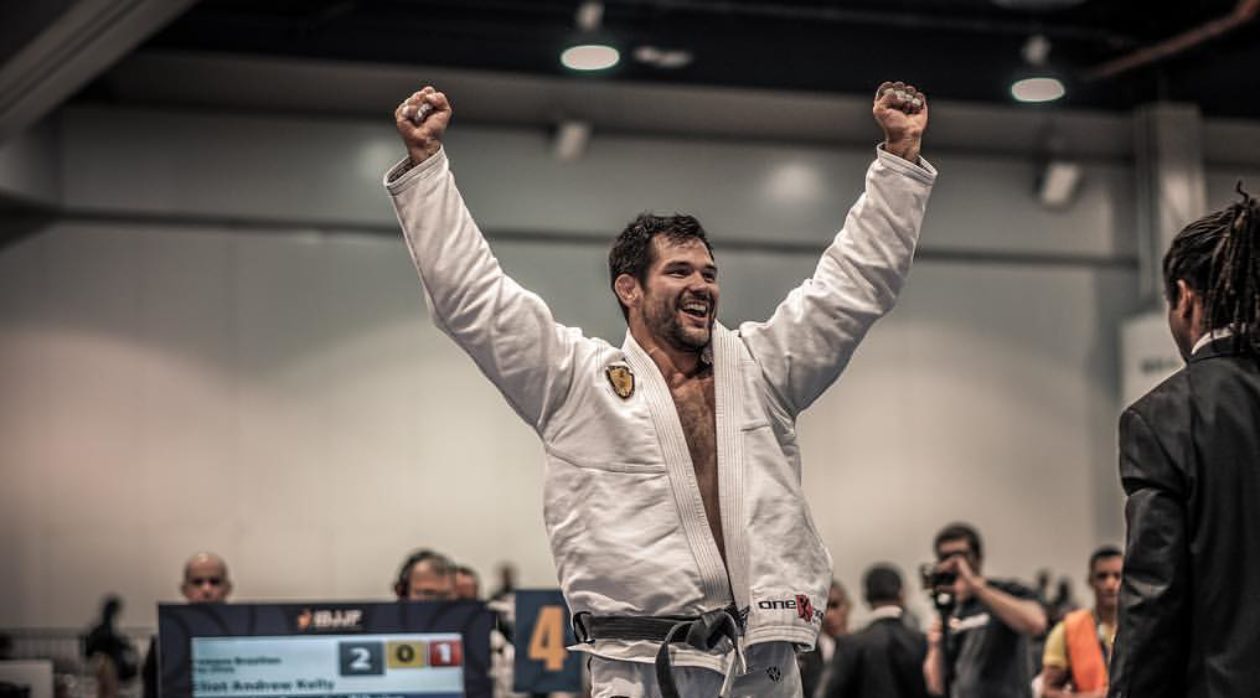Brazilian Jiu-Jitsu (BJJ) is a martial art that offers practitioners a diverse range of training options, each with its own unique benefits and challenges. At the Jiu Jitsu academy of El Dorado Hills, students have the opportunity to delve into both gi and no-gi training, each offering a distinct experience that contributes to their overall growth and proficiency in the art. Let’s explore the fascinating differences between gi and no-gi training at EDHBJJ:
1: The Gi: Tradition and Technique
Training in the gi at EDHBJJ embraces the rich tradition of Brazilian Jiu-Jitsu. The gi, or kimono in Portuguese and dougi in Japanese, is a traditional uniform that adds layers of complexity to techniques. Grips on the collar, sleeves, and pants create opportunities for intricate submissions, sweeps, and control techniques. The gi also emphasizes the importance of leverage, timing, and precision, as practitioners learn to manipulate the fabric to their advantage. At EDHBJJ, students immerse themselves in the technical nuances of gi training, honing their skills with a focus on detail and finesse.

2. No-Gi: Speed and Adaptability
In contrast, no-gi training at EDHBJJ offers a dynamic and fast-paced experience. Without the gi to grip onto, practitioners must rely on different strategies and tactics. No-gi training emphasizes fluid movement, agility, and adaptability. Techniques such as leg locks, foot sweeps, and scrambles become more prevalent as practitioners learn to navigate the absence of traditional grips. No-gi training at EDHBJJ challenges students to think quickly, react decisively, and capitalize on openings with precision and speed.

3. Complementary Benefits
While gi and no-gi training offer distinct challenges, they are inherently complementary. Training in both modalities at EDHBJJ provides students with a well-rounded skill set that translates seamlessly between the two environments. The technical proficiency gained from gi training enhances the precision and attention to detail in no-gi scenarios, while the speed and adaptability cultivated in no-gi training improve the fluidity and agility of techniques in the gi. By embracing both modalities, students at EDHBJJ develop a comprehensive understanding of Brazilian Jiu-Jitsu that extends beyond the confines of any one training style.

4. Community and Camaraderie
Beyond the technical aspects, both gi and no-gi training at EDHBJJ foster a sense of community and camaraderie among students. The shared experience of training together, overcoming challenges, and supporting one another creates bonds that extend beyond the mats. At EDHBJJ, students form lasting friendships and alliances as they journey together through the intricacies of Brazilian Jiu-Jitsu, regardless of whether they train in the gi or no-gi.
In conclusion, the difference in training in the gi and no-gi at EDHBJJ offers students a multifaceted approach to Brazilian Jiu-Jitsu. Whether they’re navigating the grips and controls of the gi or embracing the speed and adaptability of no-gi, students at EDHBJJ develop a comprehensive skill set that prepares them for any scenario. With a focus on tradition, technique, speed, and adaptability, EDHBJJ provides a holistic training experience that transcends the boundaries of any single training modality.

